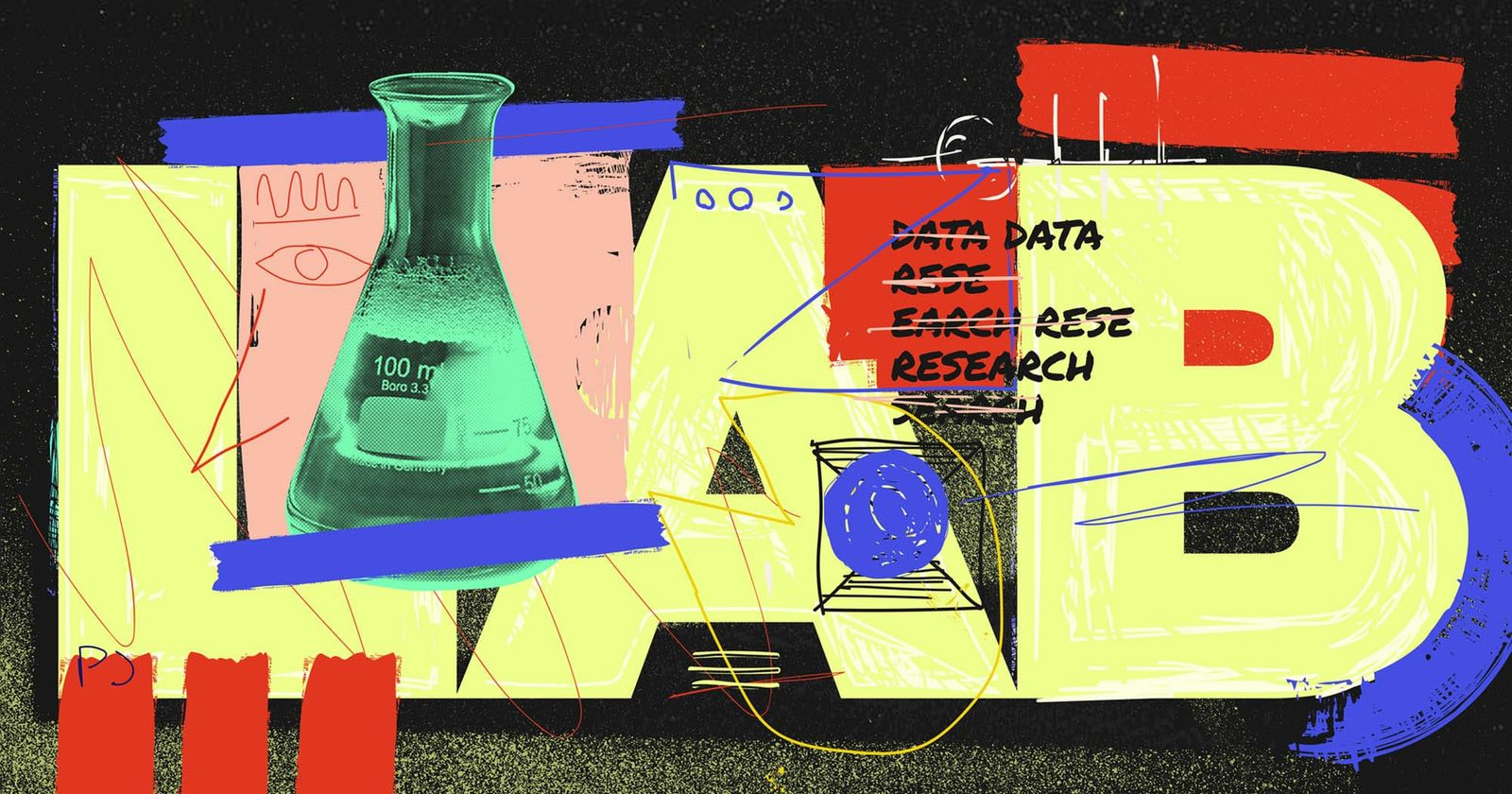I’m proud to announce that PartnerStack has raised $29 million USD in Series B funding, led by 3L Capital and with participation from Whitecap Venture Partners, HarbourVest, and existing investor RRE Ventures.
We’ll use this funding to bring in more high value partners into the PartnerStack network, make it easier for vendors to find and work with those partners, and continue building out the PartnerStack platform to drive more revenue for vendors and partners — along with growing both the internal PartnerStack team and our own PartnerStack partner program to help make it all happen.
From 5 years ago to today
It’s not like we ever stopped growing. This past year was our fourth consecutive year of triple-digit revenue growth. And in the past year, our team has grown by more than double to over 136 people, all while transitioning from working in our former Toronto office to being fully remote during the pandemic. (While we’ll continue to support remote work at PartnerStack, we’ll also be using this investment to find a new Toronto headquarters to call home.)
Looking back on it, it’s hard to believe that this company began 5 years ago with just myself and three co-founders... and that the first product we were building had nothing to do with partnerships.
We were building collaboration software for nonprofits, a product which I can only describe as being like Slack, but worse in every single way. We struggled to sell it, and not only because of its questionable quality. Despite its shortcomings, there was actually a market for what we were building. We just simply weren’t able to reach them on our own — but we soon discovered partners could. Once we launched our own partner program, we started getting real leads we could actually close.
In the process, however, we also realized just how painful setting up partnerships for SaaS could be. When looking at partner relationship management (PRM) software available on the market, we were surprised that they lacked so much essential functionality for building a partner program, like paying out partners, automating emails, tracking more than one conversion per customer, and even running more than a single partner program.
Most importantly, we realized that the ideal SaaS partner sells multiple products together as a single integrated solution, but most PRMs only allow partners to sell a single product from a single portal.
Partnerships were proven to work, but SaaS companies weren’t investing in partnerships as a go-to-market channel for a simple reason: the tools to do it well didn’t even exist. We dropped our collaboration product and pivoted to building a complete partnerships platform, designed from the ground up to support SaaS businesses in building and scaling partner channels.
5 years later, it’s clear that SaaS businesses are seeing the value of partnerships. In the past year, partners in our network drove over $120 million in revenue for programs hosted on PartnerStack. Today, we work with fast growing SaaS companies like Monday.com, Aircall, Intercom, Bill.com, and Webflow to power their partner programs. We’re excited to support many more in the future as partnerships shift from being a nice-to-have to an essential part of go-to-market strategies for SaaS companies.
One of the most exciting things we heard from our new investors is that companies in their portfolios were increasingly interested in partnerships. Businesses are realizing they need to change the way they sell software, because the way buyers buy software already has.
Marketing and sales are changing — again
It’s fair to say that the concept of inbound marketing, coined by HubSpot, changed the way software businesses build their go-to-market strategies. The company first mentioned the idea of inbound marketing in a now-deleted post from HubSpot’s original blog back in 2007, written by HubSpot co-founder Brian Halligan:
“Rather than do outbound marketing to the masses of people who are trying to block you out, I advocate doing "inbound marketing" where you help yourself "get found" by people already learning about and shopping in your industry. In order to do this, you need to set your website up like a "hub" for your industry that attracts visitors naturally through the search engines, through the blogosphere, and through the social media sites. I believe most marketers today spend 90% of their efforts on outbound marketing and 10% on inbound marketing and I advocate that those ratios flip.”
Sure, some word choices here feel slightly dated now (remember the blogosphere?), but the thesis holds up: the internet dramatically shifted how people and businesses buy products, empowering buyers to do their own research and discover solutions rather than simply being told what to buy from a salesperson.
This is all still true today, but what buyers look for when researching solutions has dramatically changed. Inbound marketing was created to cut through the noise of outbound, but inbound marketing today has become part of the noise. Every company is creating content in the hopes of “getting found” and convincing prospects to become customers… yet prospects feel that they can’t rely on vendors alone to give them the whole, honest picture.
Buyers are increasingly looking to industry experts, vertical publications, consultants, agencies and trusted software distribution networks to inform their own research and find the right solutions before they ever consider talking to a sales team.
In most cases, these trusted third parties are really partners with the vendors they recommend, driving revenue for the solutions they sell while earning money for their own business. This is a mutually beneficial relationship: partners get access to marketing and selling solutions that make sense for their audience, and vendors get to sell into that audience through a trusted connection.
Businesses that don’t work with partners will increasingly miss out on qualified leads as they fail to make buyers’ shortlists during the critical research phase — especially as competitors scale up partner programs of their own.
Partners solve the scalability problem
The other major advantage to partnerships is that they can provide immense support to your existing marketing and sales funnel by scaling up way faster than marketing and sales teams can alone.
A single partnerships manager can manage hundreds of active partners, and even multiple partner programs at once, if they’re equipped with the right tools.
When we speak to leaders in the partnerships space using other platforms, we consistently hear that their biggest challenges in scaling partnerships are:
- Finding partners to recruit into their program
- Onboarding and activating new partners so that they actually make sales
- Calculating and submitting payments for every partner, every month
- Scaling up from one program to multiple programs, with different partner types
- Enabling partners to fully support customers by selling complete SaaS solutions
That led us to focus on solving these specific challenges when building the PartnerStack partnerships platform.
- Partners using PartnerStack have their own dedicated dashboard where they access every program they’re a part of, and can discover new programs to join.
- PartnerStack automates email and messaging based on partner activity, and makes it easy to build custom segments of partners to target.
- PartnerStack fully automates partner payments — partners simply log in and withdraw their rewards, with no effort required from program managers.
- There’s no limit to the number of programs you can run with PartnerStack, or the types of partners you can work with.
This direction led us to build a platform that makes partners themselves as happy as it does partnerships managers, with over 65,000 active partners — including affiliates, ambassadors, agencies, resellers and more.
What we build from here
We’ll continue to invest in improving the core functionality that matters to partnerships managers and partners most, building more flexible automation features, making payments even smoother, and creating even more ways for vendors and partners to discover each other and begin driving revenue together. To support all of this, we’ll be scaling up both our internal teams and our PartnerStack Certified Partner Program, which today already drives over 20% of our revenue.
We believe that partnerships are fundamentally transforming how SaaS businesses scale revenue, and we believe that PartnerStack is the only platform built to fully handle SaaS partnerships. So do our investors, including 3L Capital, Whitecap Venture Partners, HarbourVest, and RRE Ventures, who all participated in our Series B round of funding. I can’t thank them enough for putting their faith (and their funding) behind our team at this critical moment in our growth.
Jodi Kessler, Partner at 3L
“We increasingly see businesses in our portfolio and across the industry doubling down on channel partners as a major growth lever, and we see PartnerStack as the only company that has built a platform, marketplace and payments layer that powers indirect software distribution. We’re excited to support PartnerStack — and their customers — in this next stage of growth.”
Raju Rishi, General Partner at RRE Ventures
“We see so many SaaS companies struggle to scale their revenue efficiently. The companies that become huge success stories are able to fuel their growth through the partner channel. PartnerStack has become instrumental to so many of those businesses in achieving hypergrowth. We're proud to be backing the PartnerStack team as they build a category-defining company.”
Janet Bannister, Managing Partner at Real Ventures (led PartnerStack’s seed round)
“One thing that’s been amazing to see is how the original vision has not changed. PartnerStack saw the need for a single platform that provided companies the infrastructure needed to scale revenue through partnerships. They saw the need to put the partner experience first, and they saw the need to provide distribution through their partner network. That was true then, and it’s true now.”
There’s plenty more gratitude to go around:
- To the customers and partners using PartnerStack, who not only literally make the work we do possible, but who constantly inspire us with their insights, ideas and incredible success.
- To our own partners, who have become core to our company’s growth, driving 20% of our revenue in the past year.
- To my co-founders, Luke Swanek, Jonathan Mendes, and Neil Chudleigh for being the pillars that supported this business from the very start.
- To Y Combinator, who took a chance on our weird and vague ideas because they saw the potential for PartnerStack to be a category-defining company.
- To all of our investors — 3L, RRE, Real Ventures, HarbourVest, Whitecap, eFounders, and all of our angel investors — who have been there to support and guide us along in this journey.
- To our employees, who dedicate themselves every day to helping the businesses we work with grow — and helping each other grow, too.
- To the families of our employees, who are part of this journey and have experienced and endured the unknowns of the global pandemic with us — we appreciate all you do to support PartnerStack.
And to you, for reading all of this. Whether you’re in one of the groups above, or were just curious about what this investment means for us and for the world of SaaS, I appreciate you taking some time from your day to share this moment with us.
But that’s enough celebration — we’ve got a lot to build.











